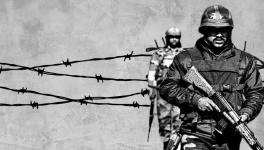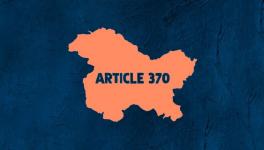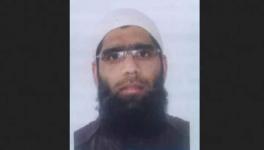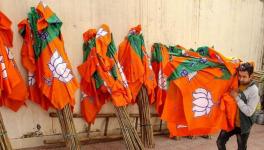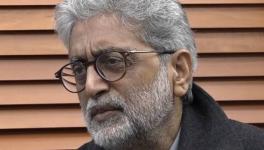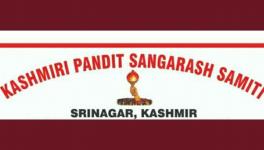Shujaat Bhukari – a Brave Reporter, a Real Journalist
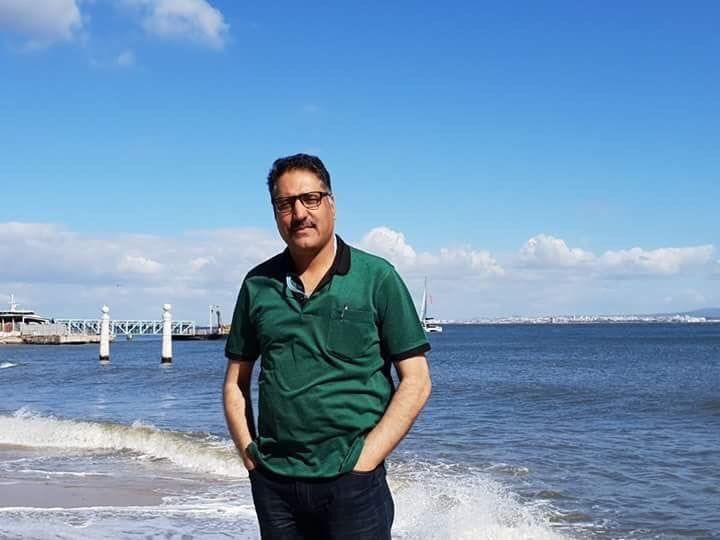
Being a journalist is a dangerous business. It is not dangerous to be a stenographer – to be someone who regurgitates the views of the powerful. A real journalist is someone who gets beneath the stories that surrounds us, who seeks answers to difficult questions, who won’t leave a story because to do so would be to betray both the people who tell us these stories and those who need to hear them.
Thus far, according to the Committee for the Protection of Journalists, twenty-eight journalists have been killed this year. Too many of these journalists have been killed in Afghanistan. Their names are not well known, so here they are:
Abdullah Hananzai
Abdul Manan Arghand
Ali Saleemi
Ghazi Rasooli
Maharram Durrani
Nowroz Ali Rajabi
Sabawoon Kakar
Saleem Talash
Shah Marai
Yar Mohammed Tokhi
Yesterday, Shujaat Bukhari was shot dead in Srinagar’s Press Enclave in Lal Chowk. For those of us who write in the universe of The Hindu – where he was a correspondent from 1997 to 2012 – and for Frontline – for whom he was the Jammu and Kashmir Bureau Chief – Shujaat is not another name on a list. He was a colleague and a friend, a brave reporter, a real journalist. He had received police protection since an attack on him in 2006. In this fatal attack, his two security guards were also shot dead. Three men had been waiting for him. After they shot him and his guards dead, they jumped on a motorcycle and fled the scene.
Jammu and Kashmir, the state in northern India, has been hazardous for journalists ever since Doordarshan television director Lassa Kaul was killed by militants in 1990. The militants have not been the only assailants. Indian soldiers have also turned their ire on journalists – one remembers the death of cameraman Javed Ahmed Mir, who was shot during a demonstration in 2008. In 1996, Shujaat had been abducted by gunmen in Anantnag and held for several hours. A decade later, two gunmen seized him. When one tried to shoot him, his gun jammed. Shujaat – bravely – made his escape. At that time, Shujaat said something that rings true even today, ‘It is virtually impossible to know who your enemies are and who your friends are’. It is not clear who murdered Shujaat.
Shujaat was shot on the same day that the United Nations called for an independent evaluation of human rights violations in Jammu and Kashmir. In the UN’s 49-page report detailed accusations of these violations. It is on the basis of this report that the chief of the UN’s Human Rights Council called for the establishment of a Commission of Inquiry.
Two weeks before he was murdered, Shujaat went on twitter to document the terrible death of Kaiser Bhat, age 21, who had been run over by an Indian army jeep. Shujaat shared a video of the attack on Kaiser Bhat and then said, ‘These pictures from Srinagar downtown are very disturbing. This is a horrible way to quell a protest’. This is the kind of clear outrage that came from Shujaat. Having posted the video and picture, Shujaat began to be attacked. ‘I am being trolled’, he wrote.
Kaiser Bhat’s sisters – Toiba, aged 19, and Iffat, aged 17 – cried when they heard that their brother had been run over and killed by the Indian army jeep. ‘Where will we go now’, they asked, in voices faint with grief. Their parents had already died. They lived with their uncle and aunt. Kaiser had decided to forgo his own studies and get a job, so that he could earn money to make sure that his sisters continued with their education. This was important to them.
It was inevitable that Kaiser would get involved in the protests against the intolerable and suffocating Indian military presence in the Kashmir valley. There are over 700,000 Indian soldiers in Kashmir. The Indian government has itself said that there are no more than 150 militants in the state. What mathematics makes this ratio – 700,000 to 150 – reasonable is beyond belief. The soldiers are trained to see a ‘terrorist’ behind every tree. Given immense authority by the Armed Forces (Jammu and Kashmir) Special Powers Act (AFSPA), 1990, these soldiers are known to have acted with impunity against Kashmiri civilians. No wonder the new UN report calls upon the Indian government to immediately repeal this Act. To get a sense of why this act – AFSPA – is such a bone of contention, read Shujaat’s article from Frontline (March 16, 2018) on the Shopian firings (here).
Shujaat’s coverage for Frontline is an indictment of the Indian government’s policy in Kashmir, but it also offers a sharp criticism of the degeneration of politics in the state. Most recently, on May 11, Shujaat lead the coverage on the Kathua Rape Case. You can read his main story on the case here. Shujaat’s writings show us with preciseness and feeling that Kashmir is in deep distress. Shujaat had written a story this March that tracked why so many young men had turned to militancy (you can read it here). In one of his last tweets about Kaiser’s death, Shujaat wrote that the authorities have to realise ‘why this fear of death is missing in Kashmiri youth’. It is because of his reporting that a serious question should have been raised after the death of Kaiser. The question is not why such a sensitive and generous young man would such as Kaiser get involved. The real question is why everyone in the Kashmir valley is not on the street every day. Kaiser joined the protests and was killed.
In 2016, Shujaat said of the dangers to journalists, ‘Threats to life, intimidation, assault, arrest and censorship have been part of the life of a typical local journalist’. His life is now taken. It will be remembered.
Vijay Prashad is an Indian historian, writer, journalist, and the current Chief Editor of LeftWord Books.
Get the latest reports & analysis with people's perspective on Protests, movements & deep analytical videos, discussions of the current affairs in your Telegram app. Subscribe to NewsClick's Telegram channel & get Real-Time updates on stories, as they get published on our website.











